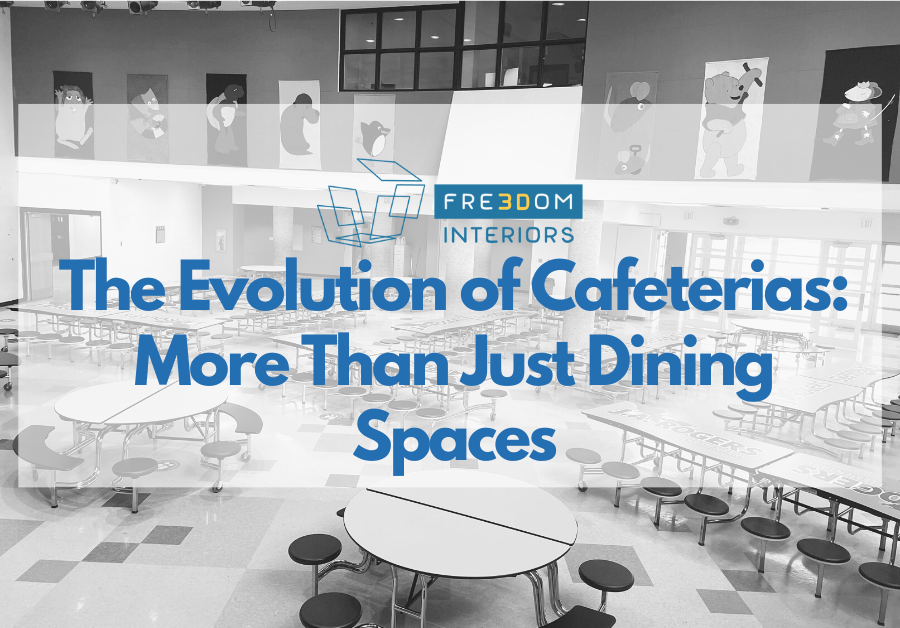News
The Evolution of Cafeterias: More Than Just Dining Spaces
January 22, 2024
Cafeterias have long been associated with a simple purpose – a place to grab a quick bite to eat. However, in recent years, there has been a noticeable shift in the way cafeterias are designed and utilized. No longer confined to mere dining spaces, modern cafeterias are evolving into multifunctional areas that cater to various needs. This evolution is not only evident in the diverse activities taking place but also in the increased utilization of the cafeteria space.
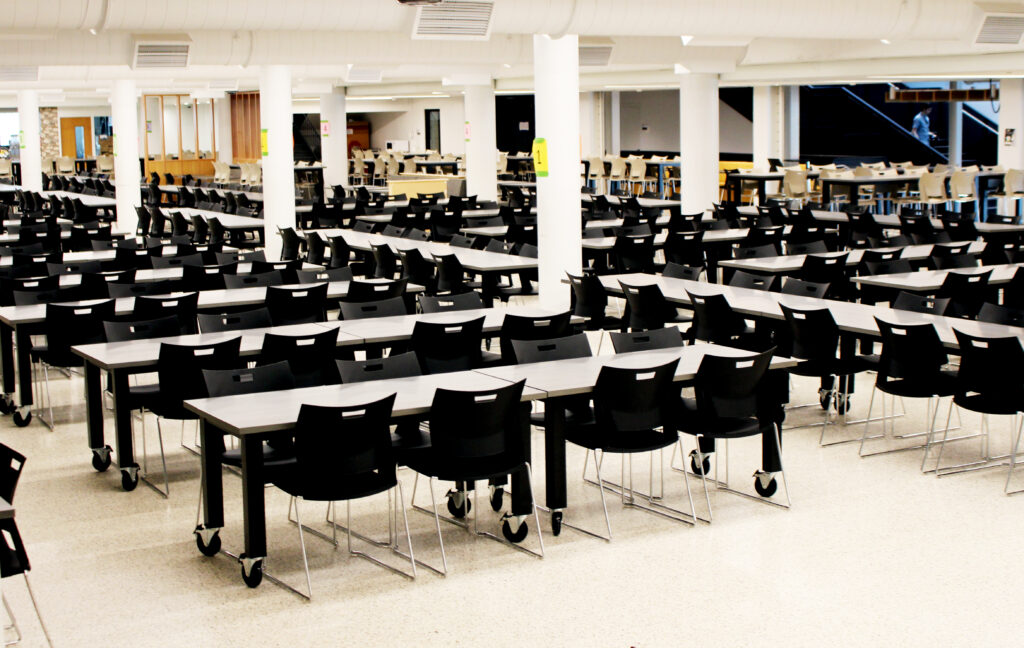
Cafeterias are being designed to be open and collaborative environments. They can be a space that offers informal work areas. They can also be used as a setting where workshops, seminars, and training sessions can take place. Cafeterias are also a place to host activities and clubs, creating an inviting atmosphere that encourages social interaction.
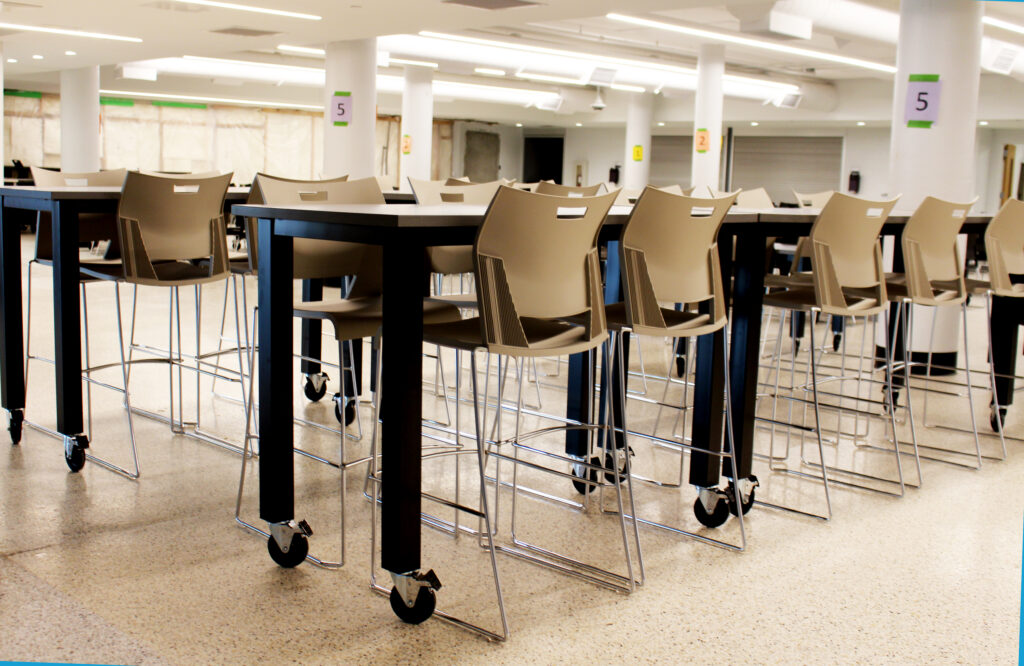
Traditional fixed seating arrangements give way to flexible options. Cafeterias are now equipped with movable tables and chairs that can be easily rearranged to accommodate different group sizes and activities, allowing for a dynamic and inclusive environment.
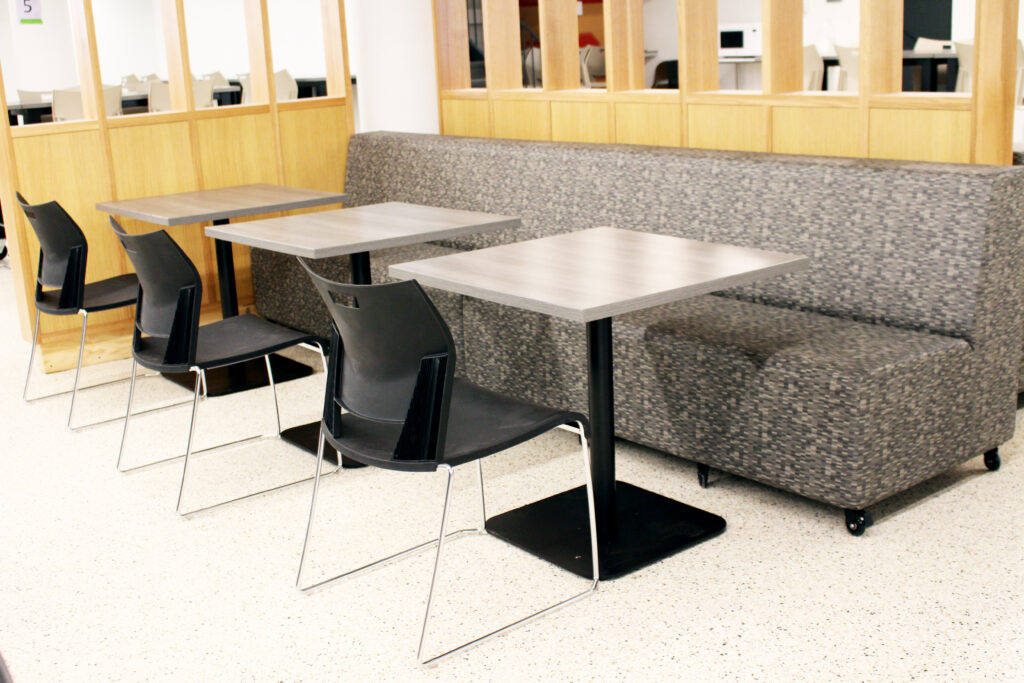
Comfort is no longer sacrificed for functionality. Cafeterias combine ergonomic design with stylish aesthetics by including soft seating options, vibrant colors, school branding, and contemporary designs. These capabilities contribute to creating an appealing and comfortable atmosphere, encouraging people to spend more time in these spaces.
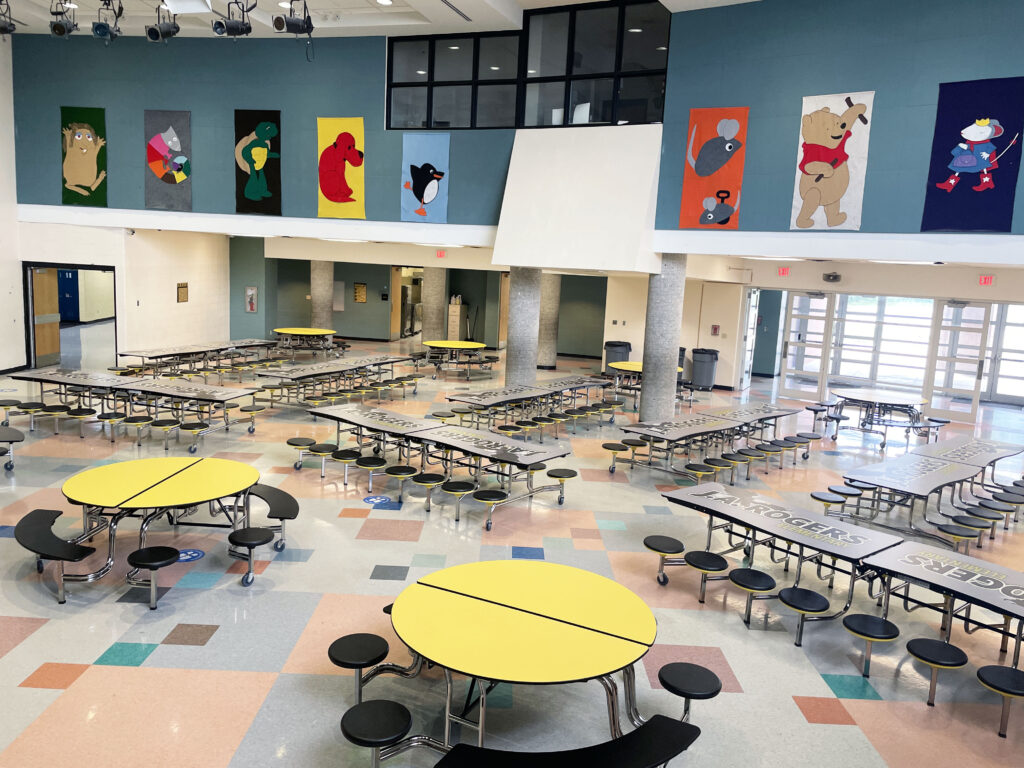
The evolution of cafeterias from simple dining spaces to multifunctional hubs is a testament to the changing needs and preferences of users. As these spaces become more versatile, the furniture within them is adapting to provide the flexibility and comfort demanded by today’s users. The cafeteria is no longer just a place to eat; it’s a dynamic environment that fosters collaboration, learning, and community building, with furniture playing a pivotal role in this transformation.
